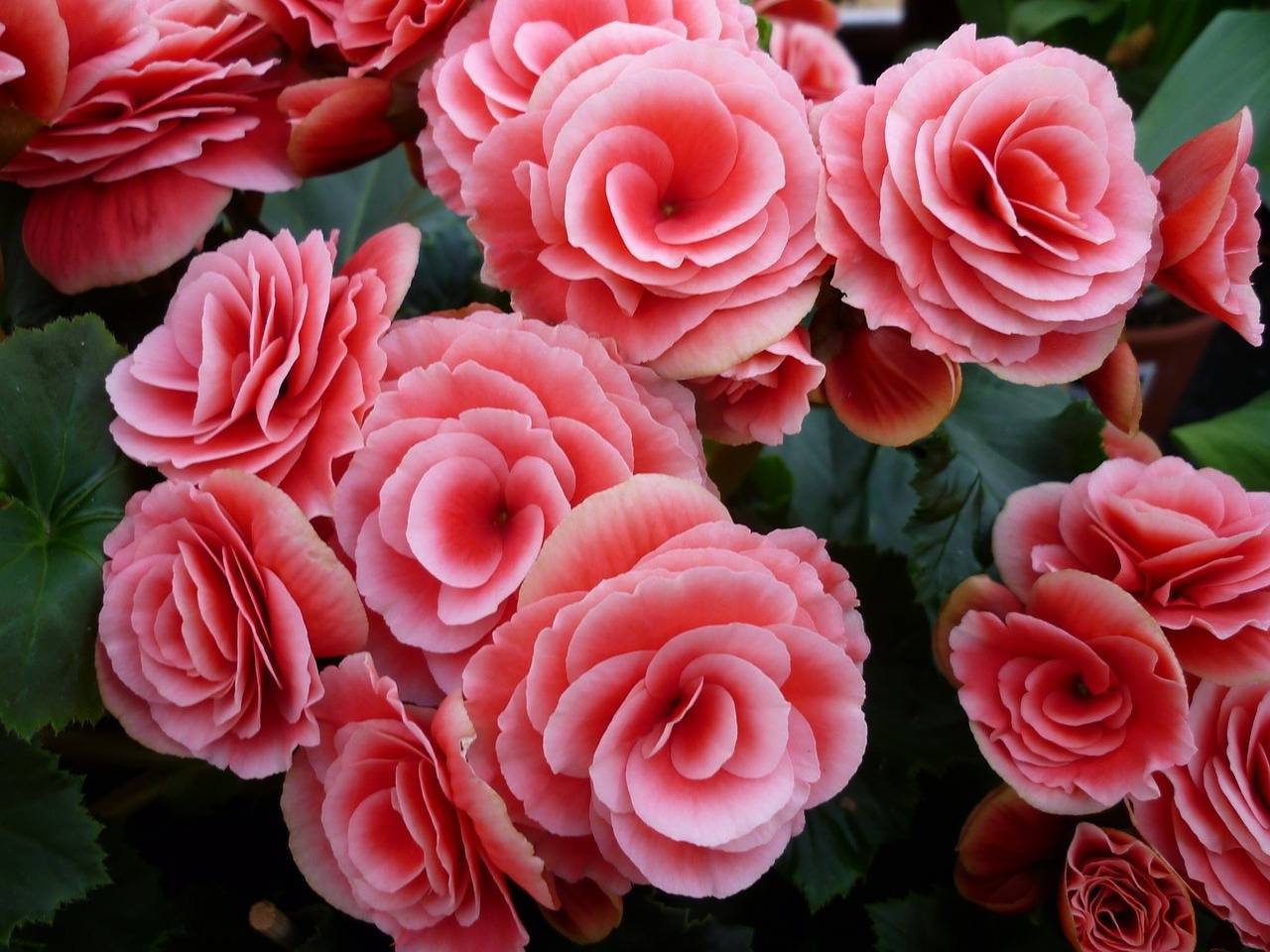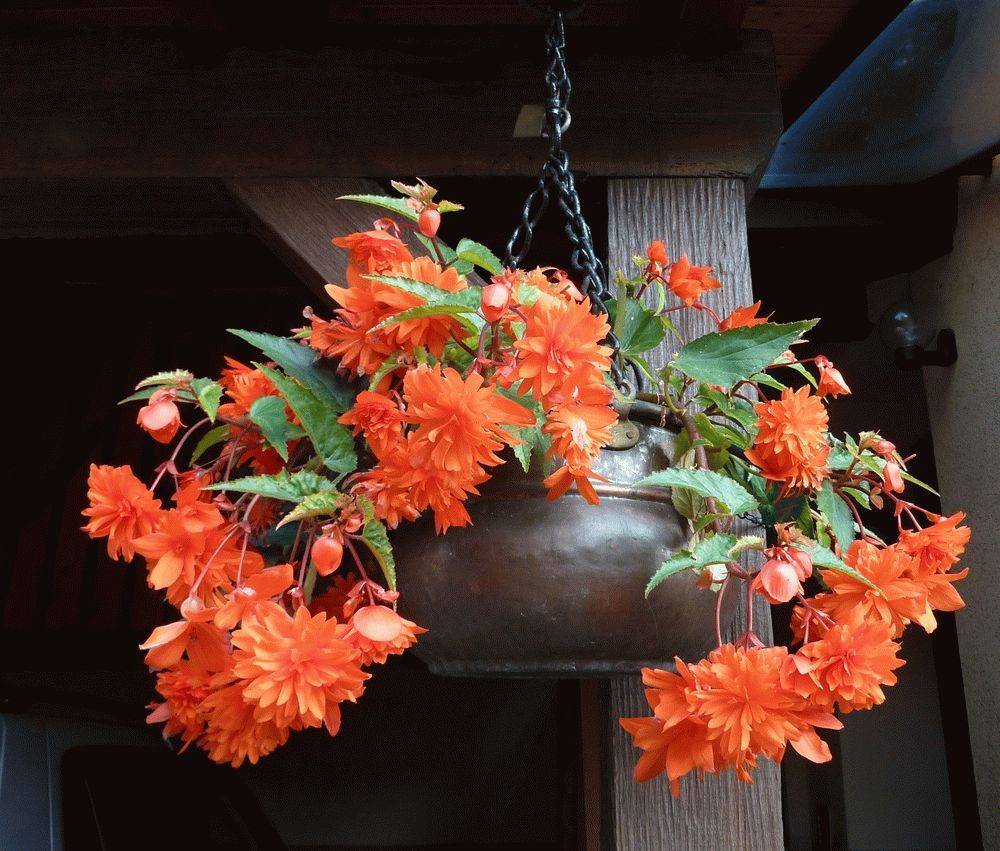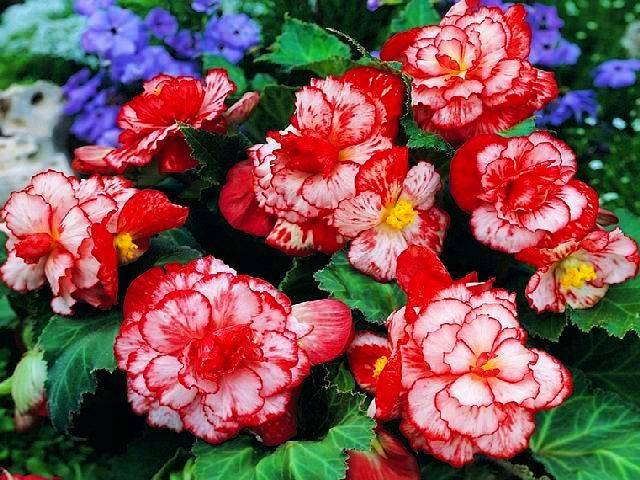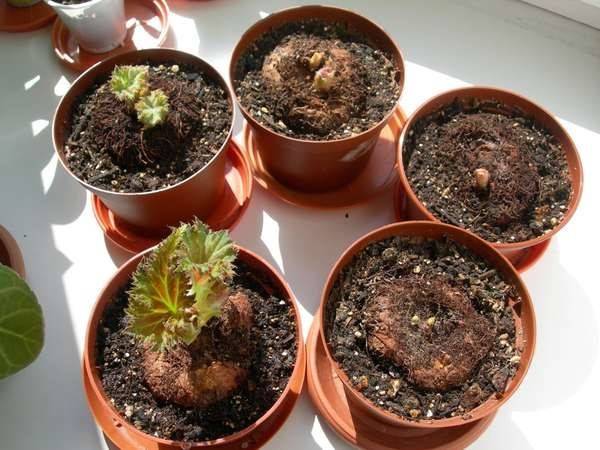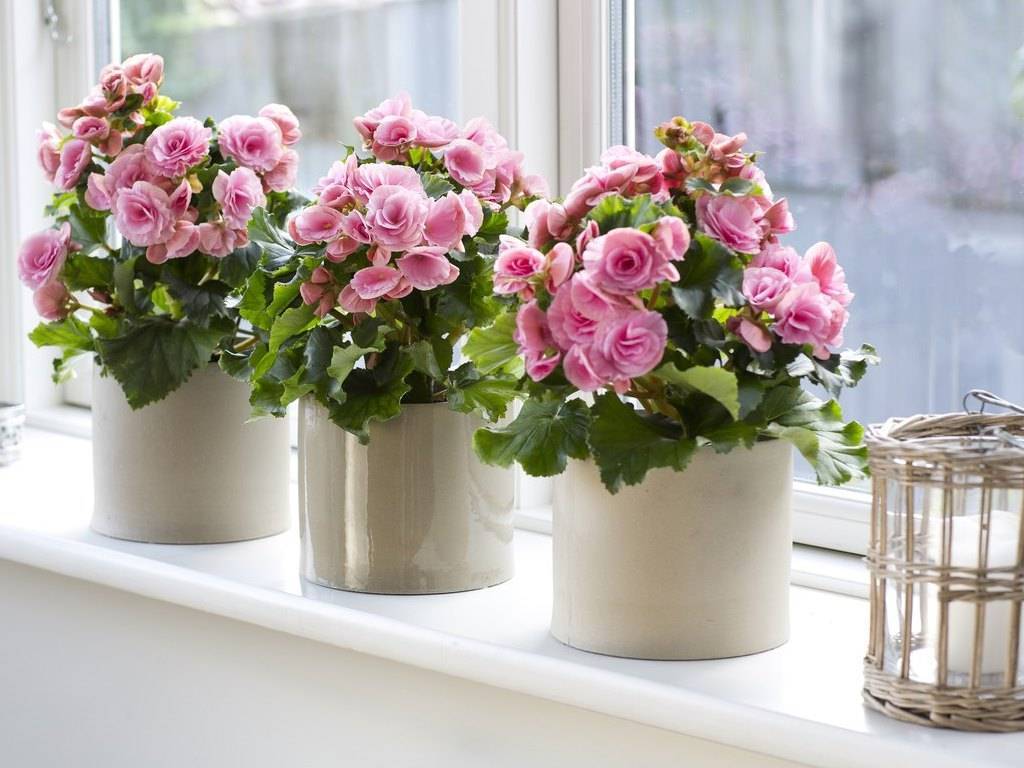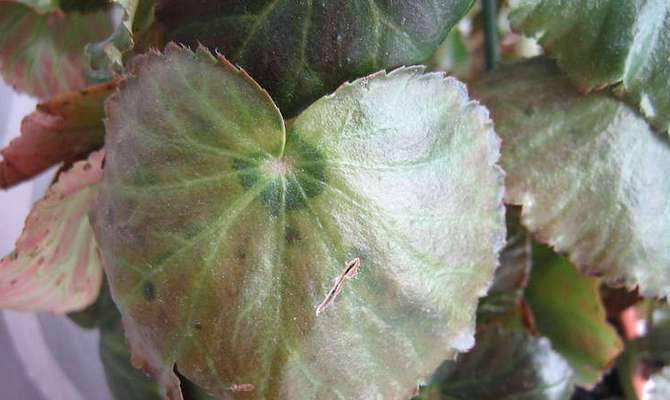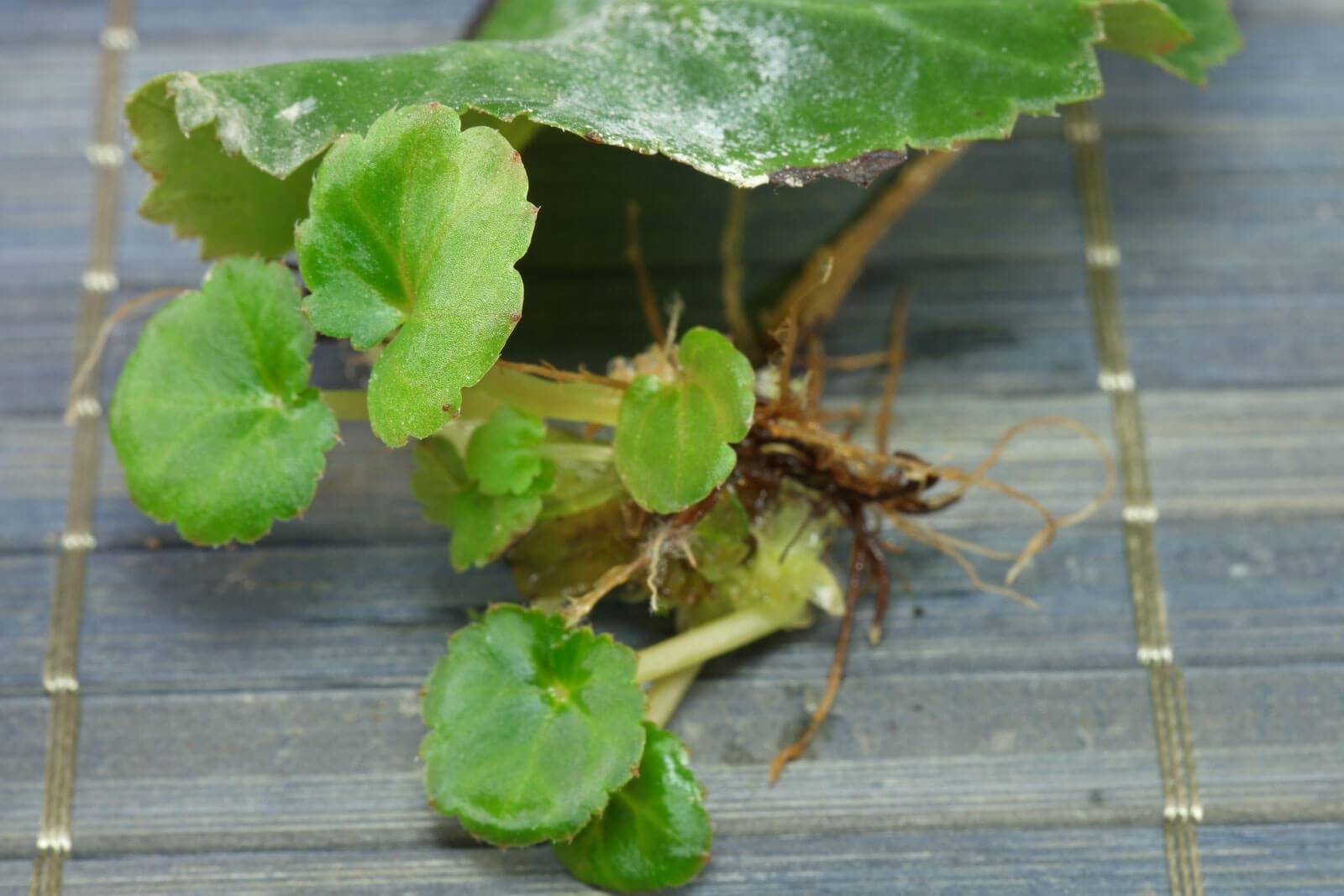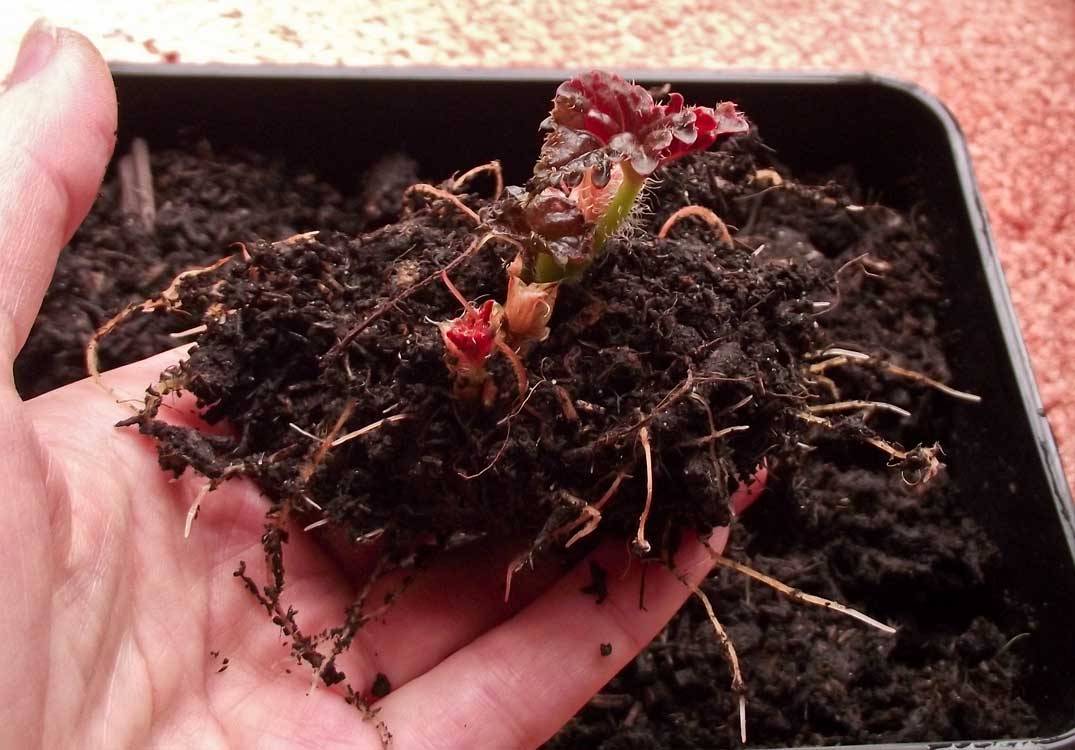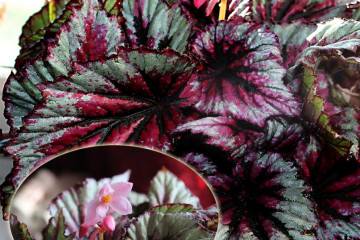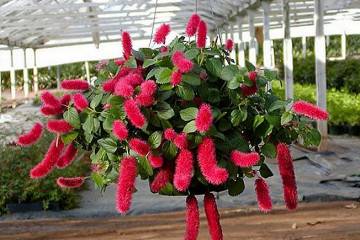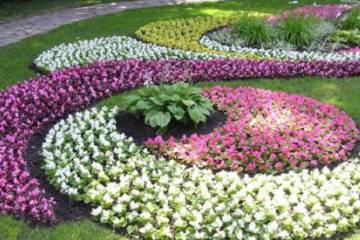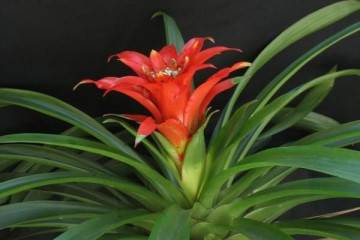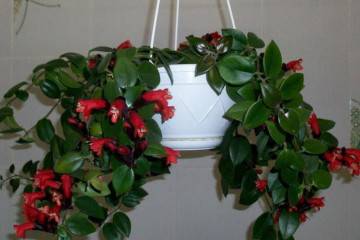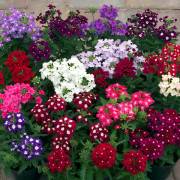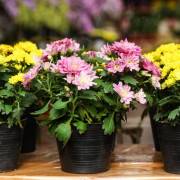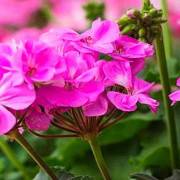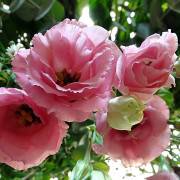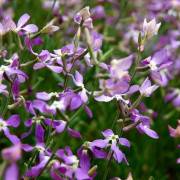Terry begonia flower at home
Content:
Terry begonia is a versatile plant that can be grown both in the garden and indoors. Due to the wide variety of leaf shapes and lush buds, it has become a favorite among flower growers.
Description of the plant terry begonia
Terry begonia belongs to the flowering class. In the wild, the plant prefers a humid climate. Wild begonias can be found in tropical and subtropical climates.
Begonia fascinates with beautiful foliage of green or reddish hue. The buds are brightly colored. Petals with terry border around the edges. The root system of a flower can be tuberous or bushy. By the nature of growth, the bushes are ampelous and ordinary. Large buds of 20 cm tuberous begonias. Ampelny plants are planted in hanging flowerpots and pots.
Among the famous varieties are:
- Fortune. A compact plant up to 25 cm high. The buds are located on a short peduncle above the foliage. The diameter of the flower is 6-8 cm. The flowering is long and abundant. It begins to bloom earlier than other varieties;
- Fimbriata pink. An evergreen bush with lush and large flowers of a bright pink shade with a fragrant aroma. Blooms for 2-3 weeks;
- Venus. It stands out with large semi-double flowers and picturesque greenery;
- Grandiflora. A plant with large flowers up to 20 cm in diameter, outwardly reminiscent of roses;
- Non Stop Mix. A low plant with large inflorescences. The variety is famous for its continuous, one might say, eternal flowering throughout the season. Buds are yellow, white, red, pink;
- Marmorata. The variety fascinates with marble buds with scarlet and white tones;
- Double white. White terry begonia with large flowers and dark green foliage;
- Bella. The inflorescence is large, lush, snow-white in color.
How to plant correctly
It is not difficult to grow home begonia, the main thing is to provide competent care, attention and care. In order for the plant to please with its abundant flowering, it is important to choose the right soil and top dressing, follow the rules of watering and maintain humidity, monitor the temperature and lighting.
Soil selection and feeding
For planting, light, crumbly and fertile soil with enriched minerals is suitable. The composition of the soil should include: peat, humus, leafy soil. Begonia is fed with phosphorus-potassium and nitrogen fertilizers. The introduction of the former will increase the flowering period and the abundance of the inflorescence. Nitrogen fertilizer is usually used for deciduous varieties or after flowering ends. They inhibit bud development, but promote leaf and stem growth.
For growing a flower at home, complex fertilizing is used:
- kemira luxury;
- "Good Power";
- bona forte;
- "Mr. Color."
Fertilize bushes and folk remedies such as yeast, sugar, tea leaves, eggshells, banana peels.
How to plant in a pot correctly
Before planting begonias, you must choose the right pot. It should be made of natural materials: clay or ceramic with drainage at the bottom. The porous walls of the flowerpot allow air to enter the soil, so that the root system can breathe. The depth of the pot is from 10 to 15 cm. For amper varieties, a wider and shallower flowerpot is suitable.
To plant a plant in a pot, you must follow the instructions:
- Before planting, the flowerpot should be disinfected with a weak solution of manganese permanganate and dried.
- The planting material is placed in a disinfecting solution for three hours and dry and dead ends are removed.
- A drainage layer is poured onto the bottom of the container.
- The soil is poured up to half the height of the flowerpot so that the tuber does not go beyond the edge of the pot. Ideally, the edge should not reach 1.5-2 cm.
- The tuber is placed in the middle and covered with soil. The upper shoots will be open until the first shoots appear.
- At the end, the soil is moistened.
Further care
Begonia prefers high humidity, so it is necessary to regularly spray indoors. Care should be taken not to get water on the leaves and flowers, otherwise it can cause burns and stains. To maintain moisture, flower growers often place a container of water near the flowerpot.
Watering
Watering the plant is necessary depending on the season. In spring and summer, during the active growing season, the flower is watered twice a week. In autumn and winter, the amount of watering decreases. It stops after the plant goes into hibernation.
You cannot fill the bush. Watering is worth when the topsoil is dry. For irrigation, settled, filtered or melt water is suitable.
Temperature and lighting
Terry begonia loves good lighting and does not tolerate direct sunlight. Under the influence of the sun, the buds will become faded, and burns appear on the leaves. Window sills located on the east and west sides are considered the best place in the room.
If begonia still blooms in winter, additional lighting is needed in the form of fluorescent lamps. Then you can enjoy the lush bloom for a long time. The flower does not like too hot and dry air. For proper growth and development of the bush, the temperature should be between 18 ° C and 23 ° C. The room in which the flowerpot is located is recommended to be often ventilated, but at the same time to avoid drafts.
Diseases and pests
Begonia, if not properly cared for, can have a number of disease and pest problems. The most common diseases are:
- gray rot. The main reason for the appearance is finding a flower in a cold, damp room. The disease can be detected by a gray bloom on the sheet. Infected leaves are removed, and the plant itself is treated with chemicals such as foundationol;
- powdery mildew. On the leaves, you can see white spots with a powdery powder. Damaged leaves are removed, and the bush is treated with fungicides;
- bacterial spotting. Watery glassy spots appear on the back of the leaf, which eventually turn dark brown. It is impossible to cure the plant, it should be disposed of along with the soil, and the pot should be disinfected.
Among the pests that often infect the bush, stand out:
- spider mite.Begonia is covered with a thin cobweb, white-yellow blotches are visible on the leaf. To destroy the pest, the leaves are washed with soapy water, and then Actellik, Fitoverm preparations are used;
- greenhouse aphid. The insect is dangerous because it sucks the juice from the plant. The leaves turn orange, then curl and fall off. Actellic and fufanon are used against aphids.
In order for the bush to remain healthy, it is necessary to properly care for it, observe the watering regime, control the humidity of the air and avoid sudden changes in temperature.
Recommendations for breeding at home
Reproduction of terry begonia includes three methods: seed, tuber and cuttings. The most reliable and longest is the seed method of reproduction. Planting material is planted from January to February. To do this, take a suitable container and sow seeds over the surface, lightly sprinkle them with earth, and cover with foil. Additional lighting will help accelerate the growth of future shoots. Once a day, the seedlings are ventilated. The first entries will appear in 14 days.
Propagation by cuttings
Cuttings are the simplest and most common breeding method. It is carried out from April to May. Cut the cuttings from 8 to 11 cm long with a sharp knife and place them in a glass container with water. After the appearance of the root, they are transplanted into a pot.
Tuber propagation
Tuberous varieties must be propagated in spring. Part of the tuber is cut with a knife and placed in cheesecloth. After it dries up, they put it in a nutrient soil, do not drop it in drops. Before the first shoots appear, the tuber should be placed in a warm room. As soon as the roots have formed, the tubers are covered with soil and watered.
Terry begonia is a tropical plant that needs attention and care. With proper care, it can bloom all year round.
